Your German Wines Are Begging for Bauernbrot
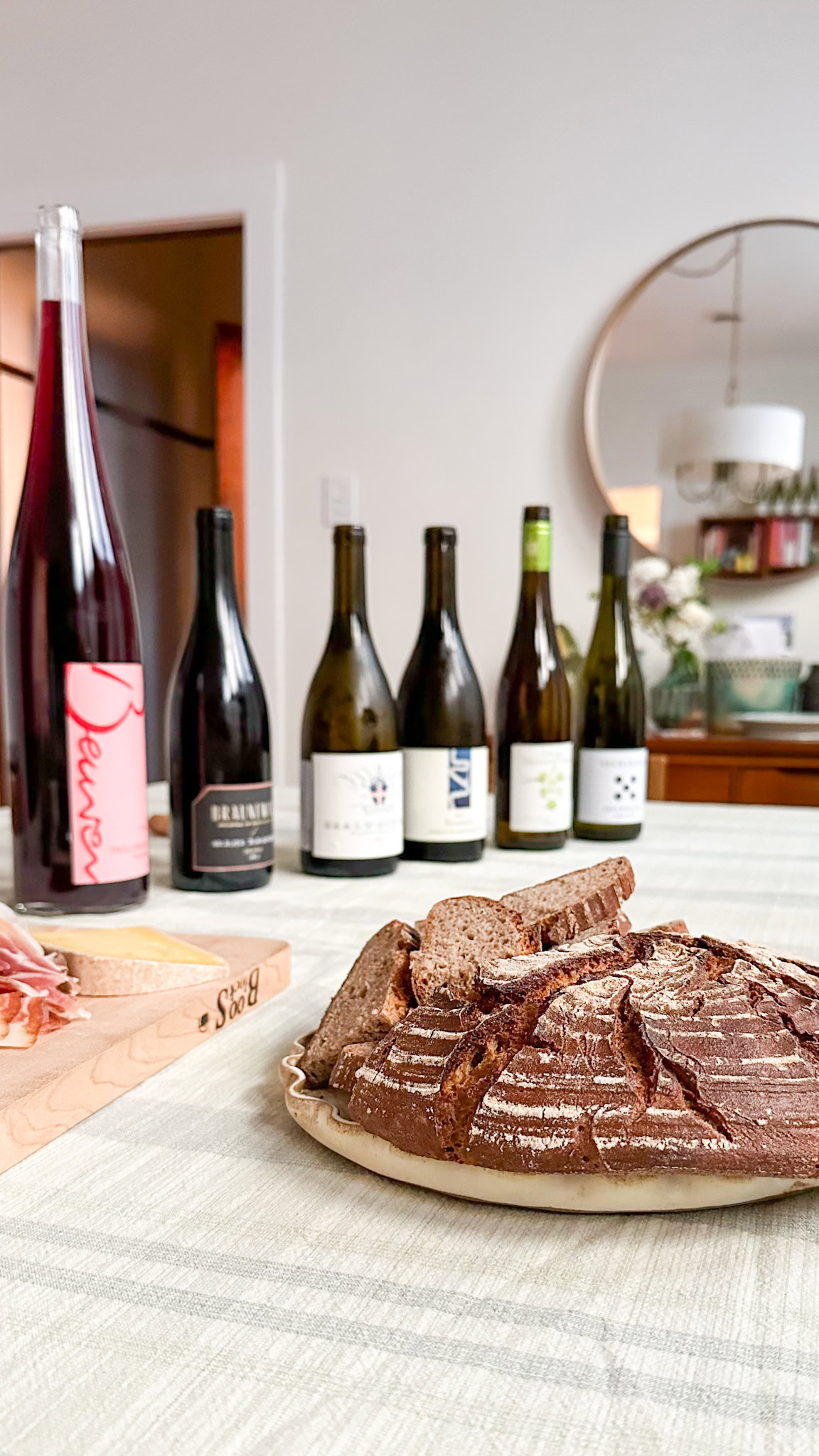
Star-baker Martin Sorge wants you to up your bread game. Wine pairings including.

Star-baker Martin Sorge wants you to up your bread game. Wine pairings including.
Martin Sorge is a food writer, recipe developer, and home baker based in Chicago. Martin was named the winner of the most recent season of the Great American Baking Show. He also spent many years working in the wine industry in Chicago and Indiana. You can follow Martin on Instagram and subscribe to his newsletter, Great Bakes.

The sun blazes. The air shimmers. On the horizon four figures throw long shadows across the dry, crumbling ground. They are headed toward a city. Doors swing open. The four step from light into dark, their throats dusty and dry. Behind a deserted bar stands a man. He pushes four full glasses over to them. Out of the glasses sloshes a wine as red as the setting sun. If you aren’t thirsty by now, you should at least be hearing the melody of a harmonica. This is how the opening scene of a revival—the Rotling revival—could begin. The four men…...
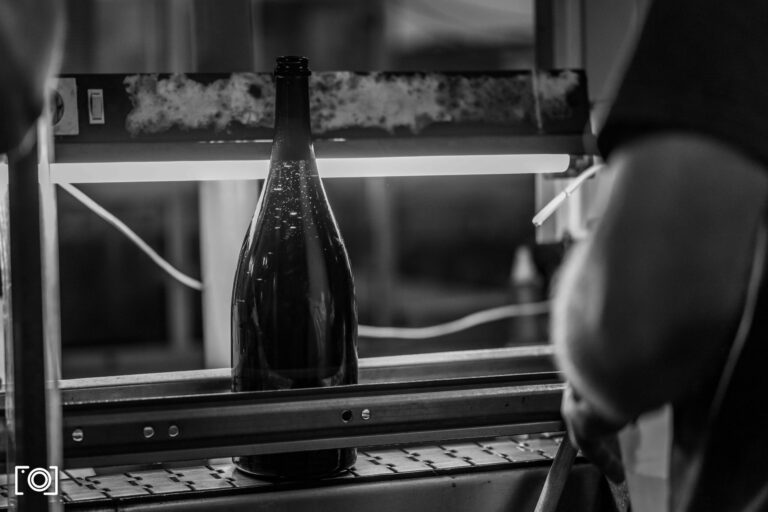
For the longest time, Sekt was a dirty word. It stood for bottles of inexpensive, easy fizz with obnoxious plastic corks to be found on the street, next to the debris of spent fireworks, on New Year’s Day. Leftovers from high jinks and cheap thrills the night before. But that was then. Today, Sekt’s star is once again on the rise. We cannot even say that it is returning to its former glory because the story of German Sekt today is unprecedented and, quite literally, effervescent. It was the 20th century that destroyed with consummate efficiency what was once so promising, so frivolous,…...
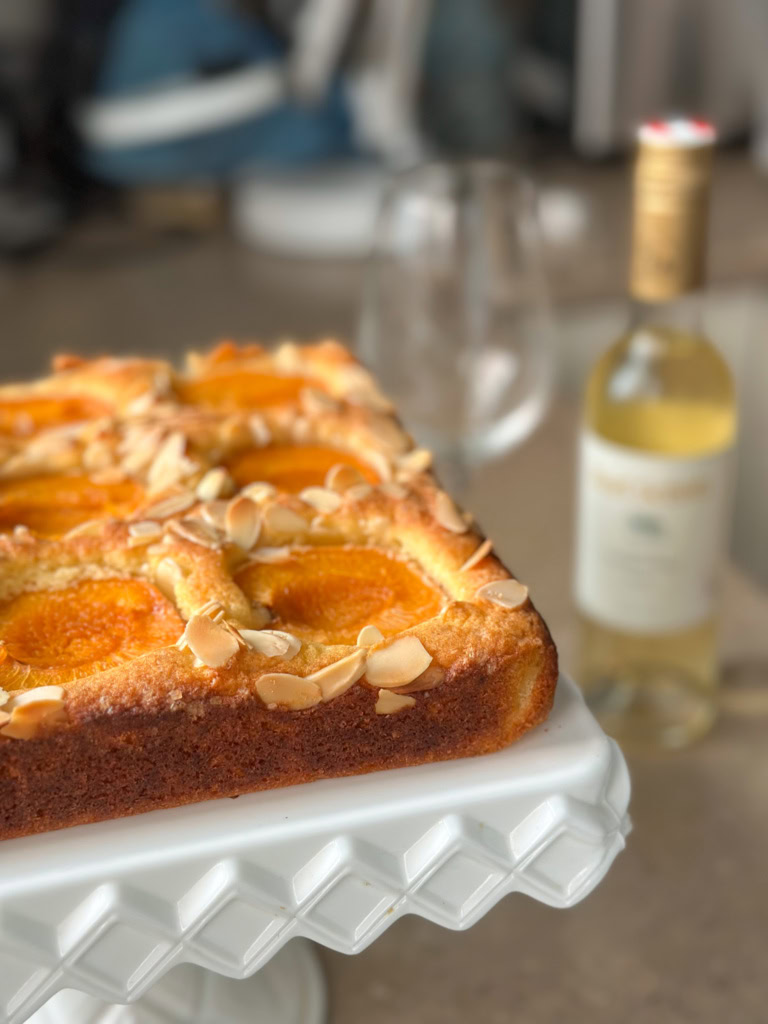
The Wachau stands tall as one of Austria’s most storied wine regions. Terraced vineyards of Grüner Veltliner, Riesling, and other varieties line the bend of the mighty Danube. But grapes aren’t the only iconic fruit here. As a nerdy baker and wine nerd, I am intrigued by why particular grape or fruit varieties thrive in specific areas and what makes that terroir so special. I swear by Montmorency tart cherries from Northern Michigan just as I revere Grüner Veltliner from the Wachau. When I discovered that the Wachau is also known as a source of my second-favorite fruit to bake…...
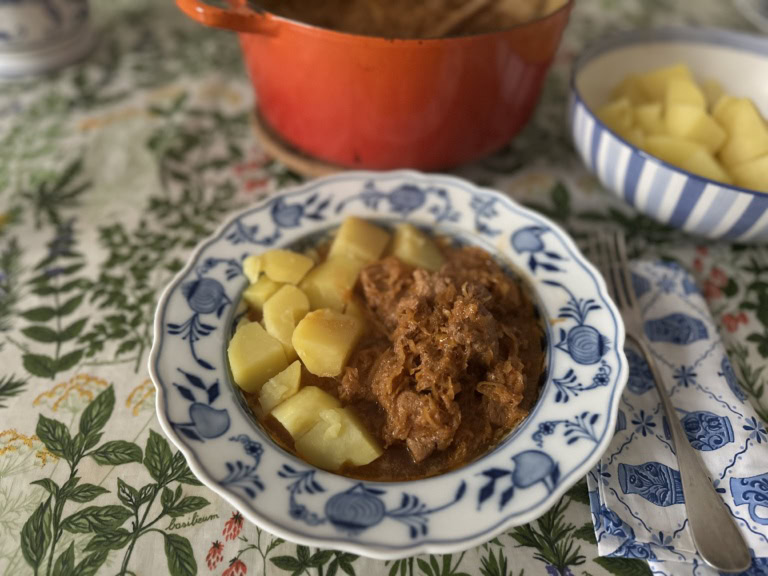
Luisa Weiss's recipe (and pairing) for a heartwarming bowl of gulasch and Gemütlichkeit in Germany's capital city.
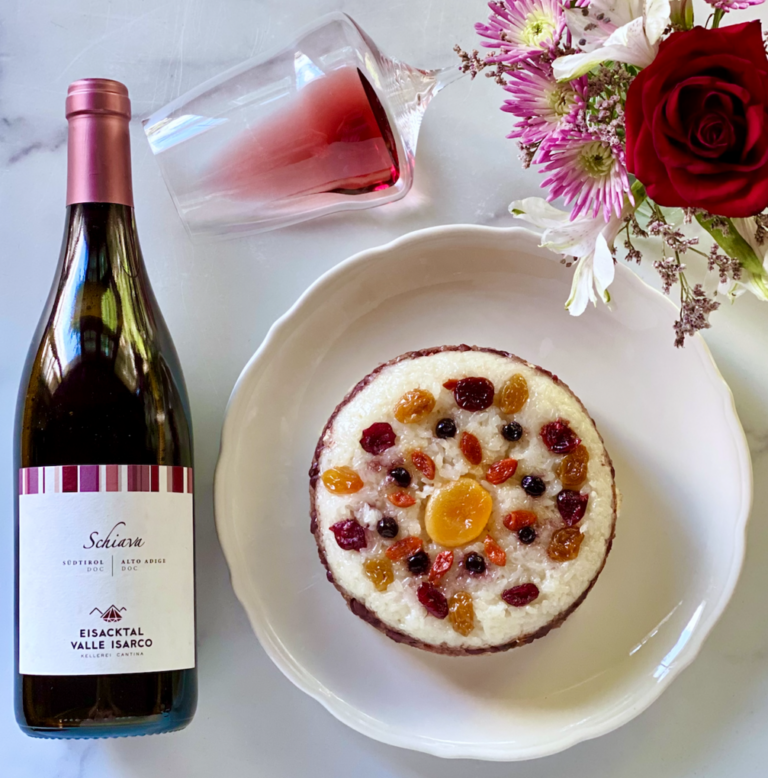
Lunar New Year (aka Spring Festival, or Guo Nian in Mandarin) is arguably the most important holiday for people of Chinese heritage — especially in Taiwan, where I grew up. It’s been my favorite since I was a kid. Now, living in Brooklyn, I recall that a few days before the New Year every household starts to “sweep the dust” to banish bad luck, erase unhelpful habits, and create positive new ones. On the day before New Year’s Eve (a holiday we call Little New Year’s Eve), we will take down the old Spring Festival couplets and replace them with fresh verses. On New…...
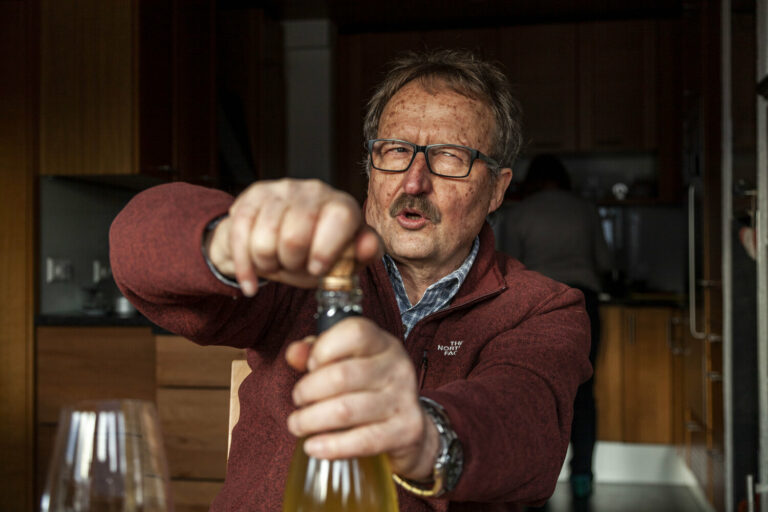
Those who go on the hunt for modern Württemberg may be surprised by what they find on the journey. In this stretch of southern Germany, many things work differently. Swabians have their own take on cool. Here you’ll meet a grower from the hip-hop scene who has the region’s traditional wine mug inked as a tattoo. You’ll bump into a start-up winery launched with crowdfunding. And you’ll land at the door of one of Germany’s hippest growers, 68-year-old Helmut Dolde of Linsenhofen. DOLDE Dolde wears a walrus mustache and, on the day of my visit, a cap someone gave him that says “Wine in…...
Enjoy unlimited access to TRINK! | Subscribe Today